Last-Minute NYC Holiday Gift Guide 🎁
We’ve created a holiday gift guide with presents for the intrepid New Yorker that should arrive just in time—


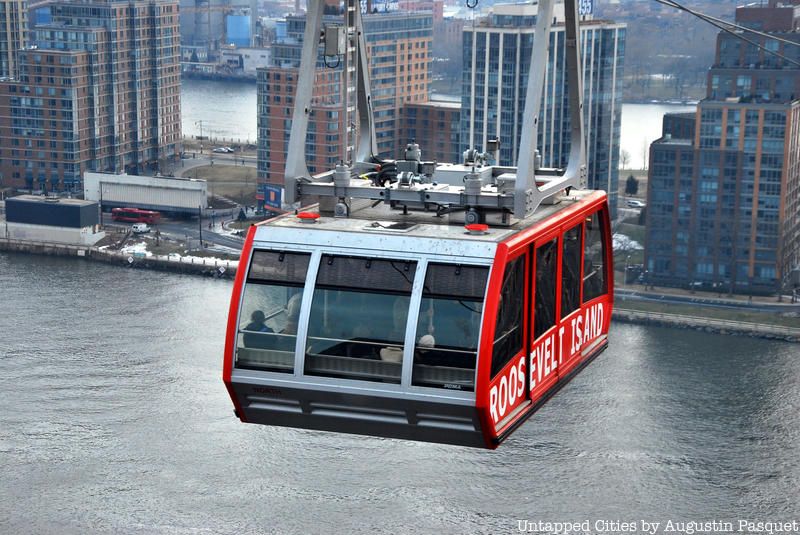
Subway got you down these days? Despite official reports that the system is improving, New Yorkers remain skeptical, in large part because the critical fixes to tracks, signals and subway cars are still on-going. While we await the improvements to impact on-time rates, we thought it would be fun to account for the diverse transit modes New York City is home to – from the extremely specialized to the alternative forms of mass transit.

There’s a monorail in the Bronx Zoo, yes there is! In fact, last August, the Wild Asia Monorail celebrated its 40th anniversary. The monorail, which runs through the Wild Asia section, is nearly two miles long and is open air, providing for a safe and scenic way to view the wildlife, which can include tigers, elephants, red pandas, and rhinos. The design of this section of the park also keeps the urban jungle at bay, as well as protect the animals beneath. Wildlife Conservation Society (which runs the Bronx Zoo) writes “Because visitors face the exhibit and the city behind is blocked, a ride on the monorail feels like a truly immersive experience into the environments of Asian wildlife.”
Riders also hear a recording that tells them about wildlife conservation work in Asia.
When the ride opened, the Wildlife Conservation Society was actively involved in research on the preservation of Asian wildlife and the “monorail allowed [the Wildlife Conservation Society] to bring knowledge of the animals the organization was working to save, and the organization’s efforts towards conservation to the visitors of the Bronx Zoo.” The ride takes about 20 minutes and costs $6. It operates on a seasonal schedule, reopening next April.

The bright red tramway system carrying commuters from Manhattan to Roosevelt Island and back was established in 1976 as a temporary means of transportation for island residents while they waited for the completion of the Island’s subway link. However, by the time the link was there, the tramway had already become an integral part of mode of transportation, so it continued to operate and became permanent.
The 250-foot high aerial tramway sits above the East River and connects Roosevelt Island to the East Side of Manhattan at 59th Street and 2nd Avenue. The tram follows a route on the north end of the Queensboro Bridge and spans 3,100 feet from end to end. Today it remains a crucial part of New York City’s transit system, with a $25 million renovation in 2010 by the French company Pomagalski, SA (Poma). Leitner-Poma of America operates the tram but you can use a Metrocard on it, with fares shared with the MTA, which allows you to transfer to the bus or subway.
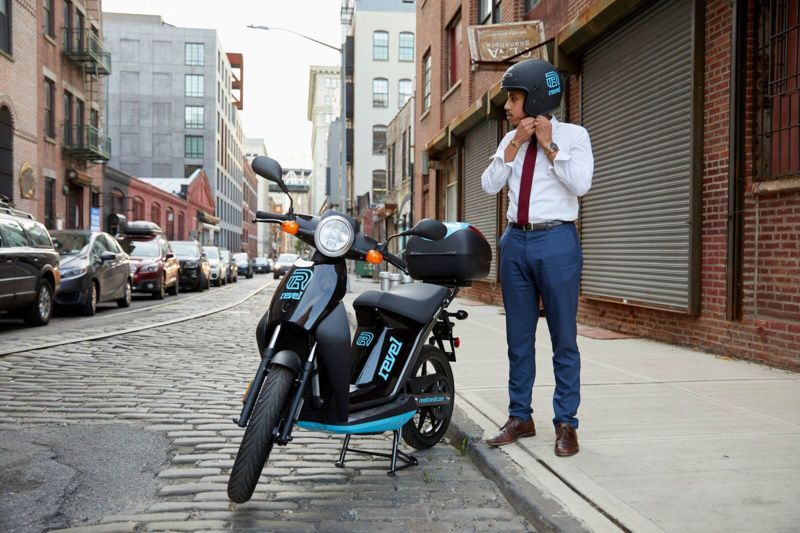
Image courtesy Revel Transit
At the end of July 2018, Revel Transit launched a moped rideshare service featuring zero-emission “E-mopeds,” which are U.S. Department of Transportation (US DOT) safety certified. Here’s how it works. First, you download the Revel app (iPhone or Android) to find mopeds nearby. After you pay a one-time fee for a motor vehicle license check, there is a small unlocking fee and further charges are based on how long you ride. Even if you don’t know how to drive a moped, the company says not to worry: Revel Transit mopeds include insurance, helmets, and free training for inexperienced riders.
In August 2018, Revel Transit hosted a race from Bushwick to Long Island City with seven participants across different transportation methods: a Revel moped, a Citi Bike, the L train to the G train, the B57 bus to the Q59, an Uber, an Uber Pool, and a green taxi. The results? The scooter was not surprisingly the fastest. According to the press release, “the e-moped finished first in 23 minutes, followed by the Uber Pool in 34 minutes and Uber in 37 minutes. The Citi Bike finished in last place, taking a total of 58 minutes. The lowest cost route was the Citi Bike (included in an annual membership fee of $169), followed by public transit at $2.75 and the moped journey at $4.36. The most expensive route was the Uber ride at $41.” In the first six weeks of operation, Revel Transit had 5,288 rides, with 1000 riders traveling 16,970 miles around Brooklyn and Queens.
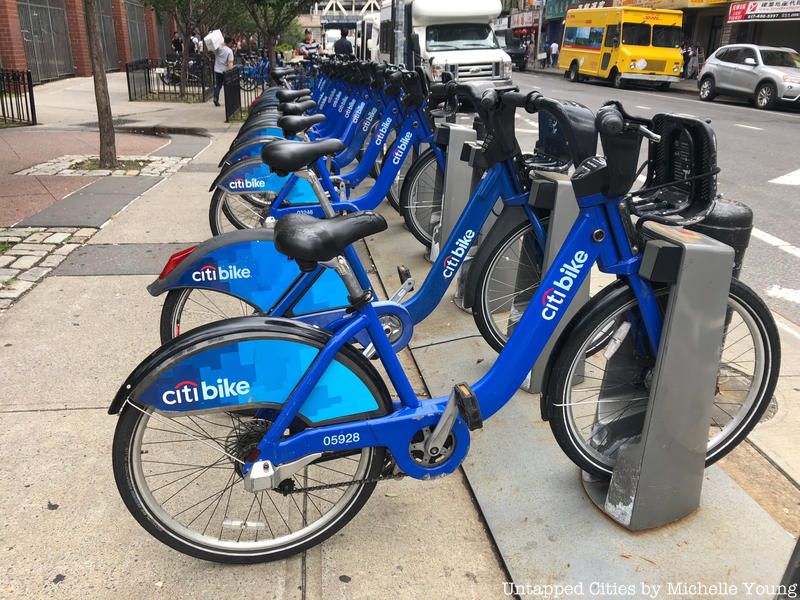
That leads us to Citi Bike, which launched in May 2013 as a public-private partnership operated by what is now called Motivate, originally a subsidiary of bike-share company Alta. Additional funding came from Goldman Sachs Urban Investment Group, and of course from the title sponsor, Citibank. From an initial 332 stations and 6,000 bikes, the system now has 750+ stations and 12,000 bikes across 65 neighborhoods. Modeled on successful bike share systems in Paris and other cities, Citi Bike is the largest bike share system in the United States (as of 2017 in terms of number of stations) and in the top 10 in the world currently in terms of number of bikes. Cities like Hangzhou and Taiyuan in China and Paris far surpass it in number of bikes, but the Citi Bike system is becoming comparable to London.
Citi Bike launched 200 e-bikes at the end of August, and will release up to 1000 bikes during the L-train subway shutdown. In July of this year, it was announced that ride sharing company Lyft had purchased Motivate, which is currently facing a lower than usual number of bikes in service due to maintenance. Streetsblog reported that only 59% of the available bikes were in service.
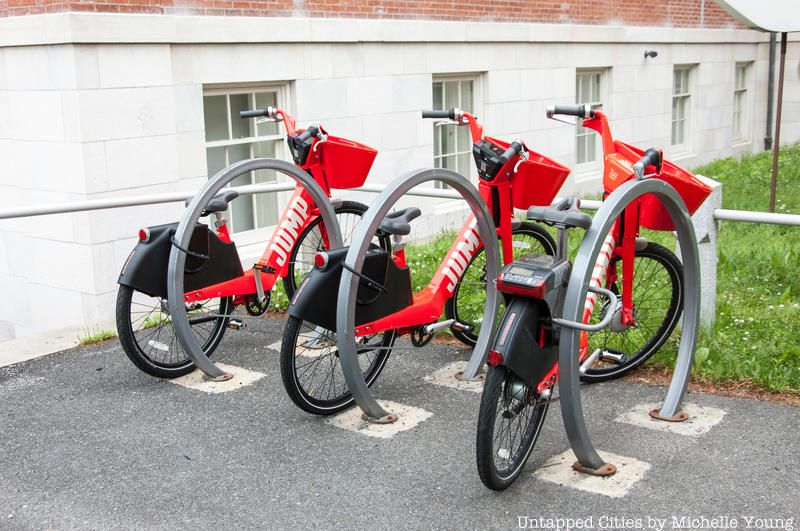
With funding and political support for the expansion of Citi Bike as question marks, dockless bikeshare pilots were launched by the NYC Department of Transportation in Staten Island and the Bronx (in areas not covered by Citi Bike) in 2018. The pilots were run by several different private companies. Jump and LimeBike are on Staten Island, Pace and LimeBike operated in the Rockaways, Jump and Motivate (which runs Citi Bike) were in the Bronx. Coney Island is next on the list, although a launch date, if ever, is still up in the air.
While dockless bike share certainly offers an option for underserved neighborhoods faster, there has been concern about its impact on CitiBike expansion overall, along with the confusion of having multiple providers and systems within the same city. Dockless bike initiatives were paused during COVID-19.
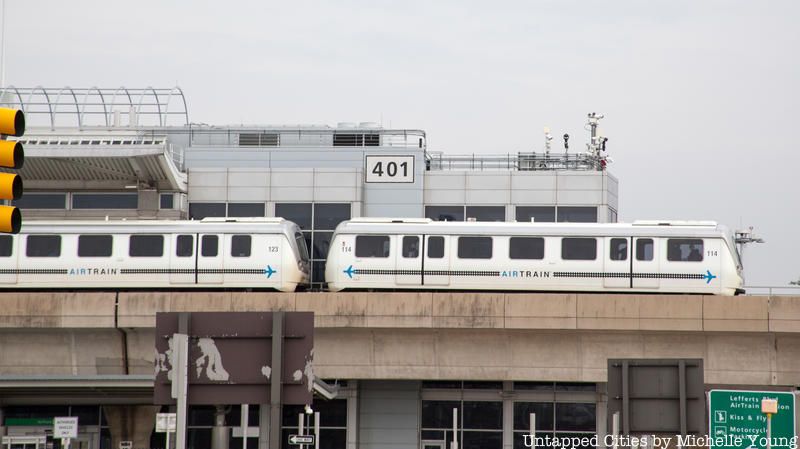
The AirTrain to JFK Airport has been one of the city’s overlooked transit lines, functional but less than sexy, and inexplicably often the target of Governor Cuomo’s grand infrastructure plans (the latest is that he wants to build one to LaGuardia Airport to accompany the overhaul of the airport but critics have questioned the logic of its connections). The existing AirTrain provides connections to JFK Airport from Jamaica Station (LIRR and subway), as well as Howard Beach.
Nonetheless, transit nerds like those on the Untapped Cities team have a soft spot for the JFK AirTrain. In 2017, we even provided a guide to the highlights to check out along the ride.
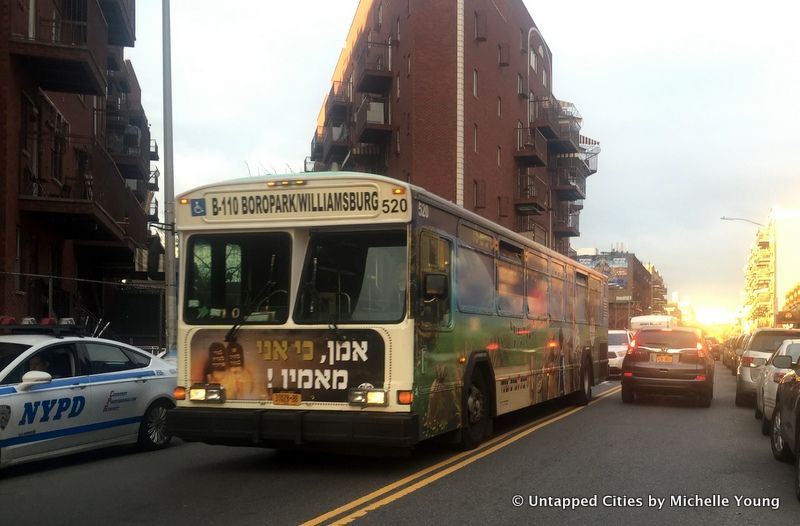
The Hasidic Jewish neighborhoods in Brooklyn have their own bus line. The B-110 bus looks like a municipal bus (though the buses themselves come from the Fairfax Connector in Virginia) and operates under a franchise with the city.The B-110 bus is operated by Private Transportation Corporation, which doesn’t take any subsidies from the city. The route goes from Williamsburg and Borough Park and by law, anyone can take it, but the buses are usually wrapped in Yiddish writing. It also costs more than an MTA fare at $3.25.
In 2011, following controversy about sex segregation on the bus (women were told verbally and through signage) to sit in the back or take a woman only bus, there was a possibility that the city was going to shut the line down. Signs were made by the bus company to comply with anti-discrimination laws, but in practice it appears that things have remained the same. In 2015, the New York Times wrote, “since virtually all the riders traveling that route are Hasidic, the men and women choose to do so on their own and do not complain about segregation.”
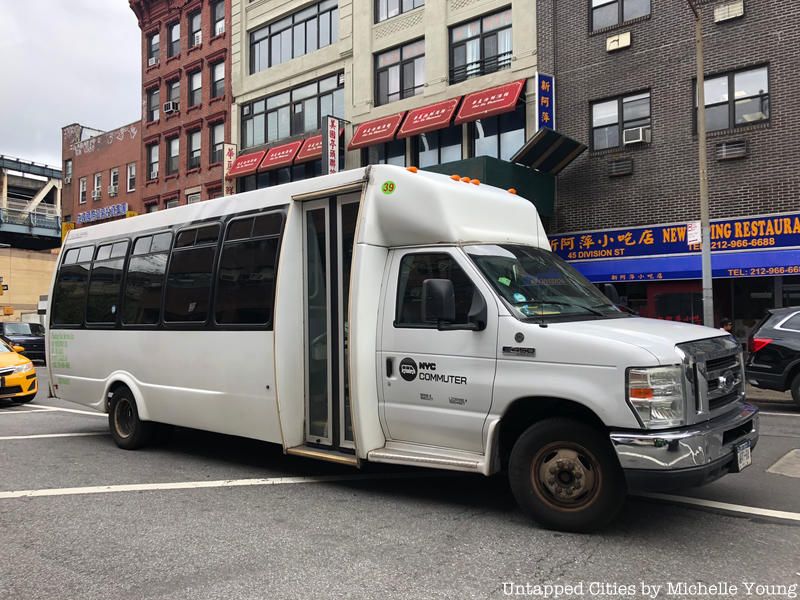
The “Dollar Vans” in New York City have historically provided transportation to and between areas underserved by public transit. It is estimated that dollar vans serve up to 100,000 customers per day in New York City. While dollar vans were generally previously unregulated, popping up to serve demand, legislation was passed by New York City Council in 2017 to cap licenses and regulate the commuter van industry, so you can now find vans that are licensed by the NYC Taxi & Limousine Commission, which means the drivers are background checked, the vehicles have to meet strict standards, and the operators must have proper insurance and licensing.
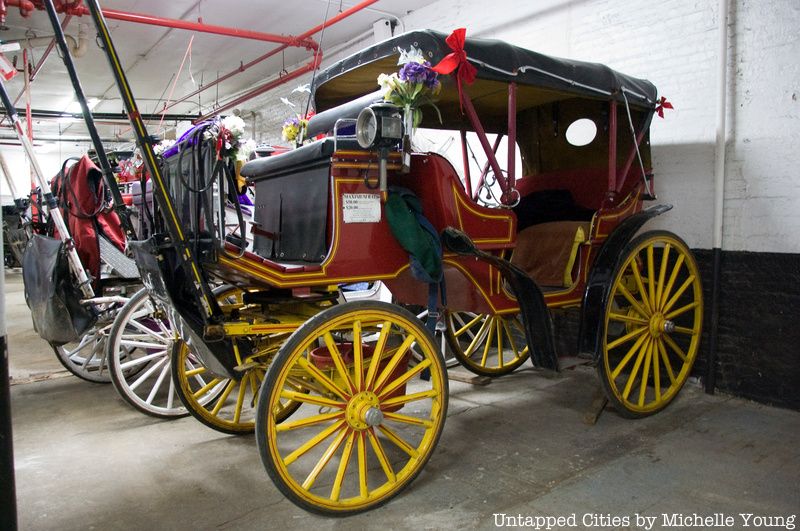
For all the brouhaha surrounding horse drawn carriages in Mayor Bill de Blasio’s campaign, the transportation method is still here, serving mostly tourists in Central Park. One forgotten aspect of the history of horse drawn carriages can be seen on their license plates, which read “HORSE DRAWN CAB.” The horse and carriage industry received their medallions in 1935 under Mayor Fiorello LaGuardia in a large-scale regulation of transportation, but they’ve been licensed by the city since the 1850s. “Lots of cities have carriages, but nobody really has carriages like New York,” Christina Hansen of the Horse and Carriage Association of New York City said to us in 2014. “We’re basically cab drivers that didn’t motorize.” The horses live in various carriages along Manhattan’s West Side – you can see inside one of them here in our previous coverage.
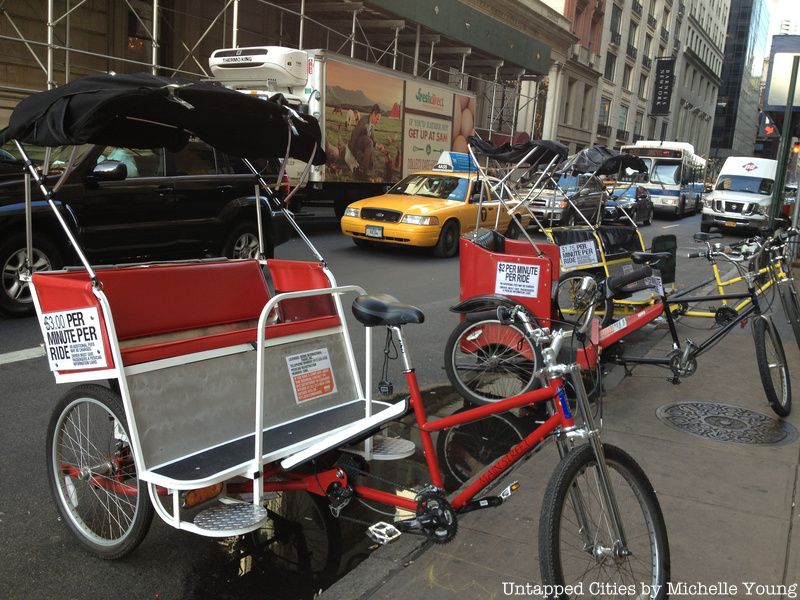
Pedicabs or rickshaws, another enterprise focused on the Central Park environs and down into the Times Square area, are a very expensive but unique way to get around. Prices are all over the place, the photo above shows $1.75 to $3.00 range per minute, but $5 and up a minute are not unheard of. Rickshaws cater predominantly to tourists, but you will sometimes see a businessman or woman alight in a desperate attempt to weave through an impossible traffic situation.
Pedicabs do need to be licensed, and there’s an annual lottery for license plates. Operators of multiple pedicabs must have insurance (minimum insurance coverage amount is $2 million for injury or death, and $1 million for destruction of property). For single pedi-cab operators, you have to have a drivers license, be at least 18 years of age, and in a very specific requirement, you have to prove you don’t owe child support.
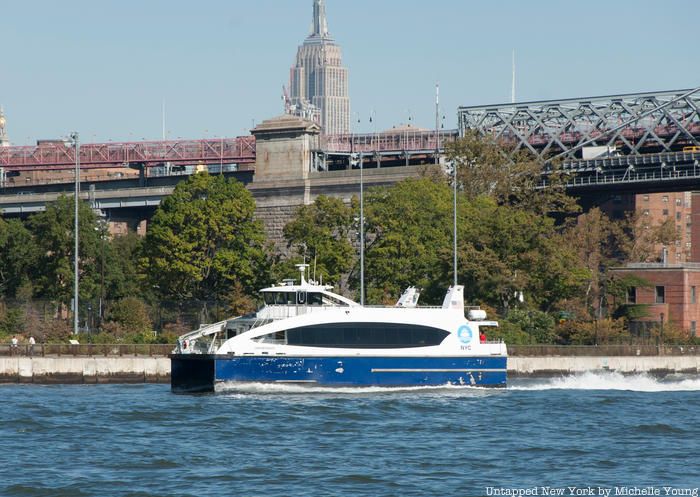
NYC Ferry, the five borough city-backed ferry system operated by Hornblower is a part-consolidation of the existing East River Ferry system and an extension to many new destinations like Soundview in the Bronx, the Lower East Side, the Rockaways and Astoria. The price is the same as the NYC subway system, $2.75, with an extra dollar if you have a bike.
Ferries are nothing new of course. In the 1850s, Brooklyn’s Union Ferry Company alone operated seven routes to lower Manhattan. Today, there are plenty of other ferry operators: NY Waterway operates many routes between New Jersey and Manhattan, along with two routes in the Hudson Valley at Beacon and Haverstraw. New York Water Taxi operates the IKEA Express Ferry along with a sightseeing route between Midtown, Battery Park, South Street Seaport, and DUMBO. And last but not least, there’s the Staten Island Ferry run by the NYC Department of Transportation. and the Governors Island ferry, both which are free (except Governors Island off-season).
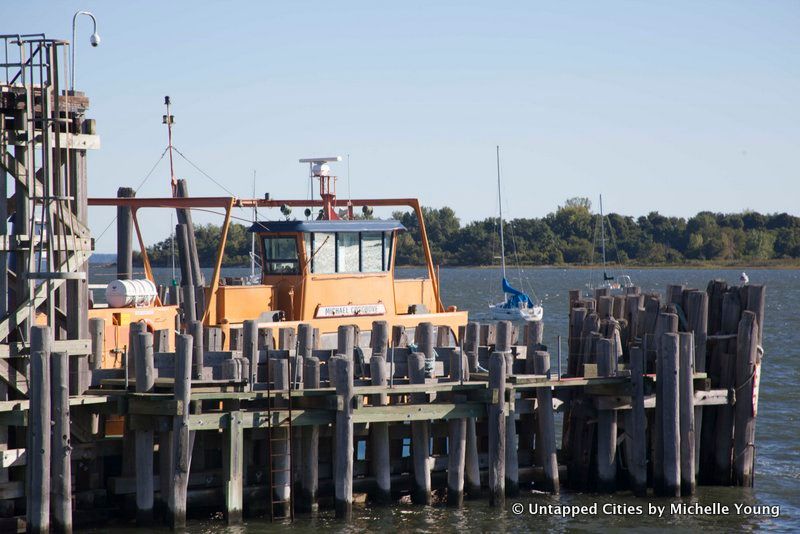
The Hart Island vehicular ferry, an orange ferry run by the NYC Department of Transportation from City Island, gets special mention here. Hart Island is the city’s mass burial site, and most of the visitors are usually detainees from Rikers Island who work to bury the unclaimed bodies. The ferry also makes it convenient for NYC Health + Hospitals to deliver the bodies to be buried onto the island. There are also visitors who come to visit the burial sites of loved ones, and occasionally visits from press. The public can arrange with the Department of Corrections to visit on one day a month, but are not allowed beyond a viewing pavilion a short walk from the ferry landing on Hart island. One of the staff on a day we visited was wearing a Staten Island Ferry jacket, having previously worked on that line.
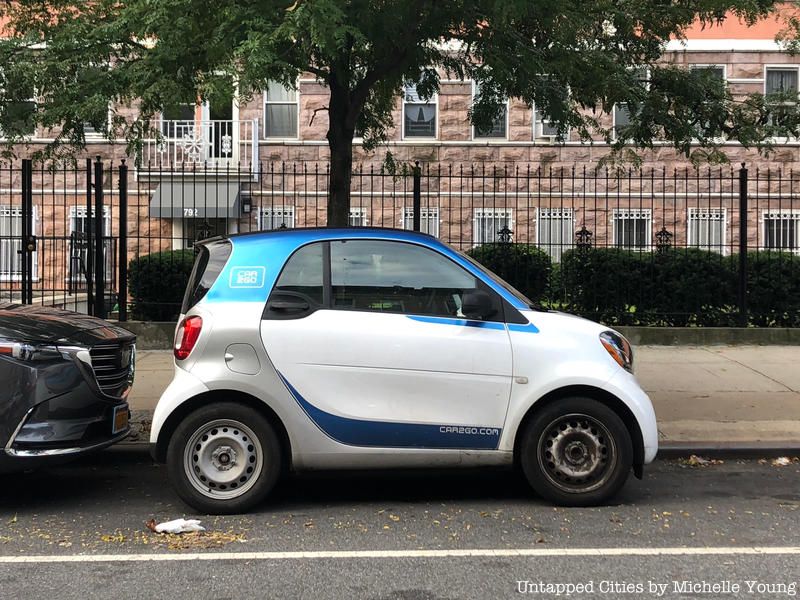
For short-term car rentals, an hourly car share with numerous locations around the city certainly beats a traditional car rental, and can be more affordable than taxi or ride share. Zipcar is the most famous player. Enterprise Car-Share was a robust competitor, but their car share program in New York City has ended.
Zipcar, Getaround and TruqIt customers can use special NYC DOT parking spots reserved just for carshares. The DOT introduced the first 80 spots Brooklyn, Queens, and the Bronx, and plan to add more.
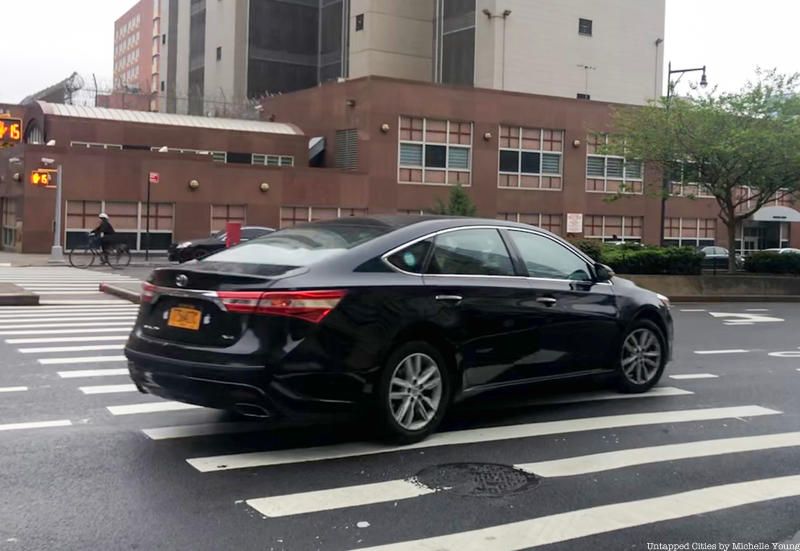
This option doesn’t need too much explanation. The ride-sharing marketplace is crowded here in New York City, with Uber, and Lyft the main operators.
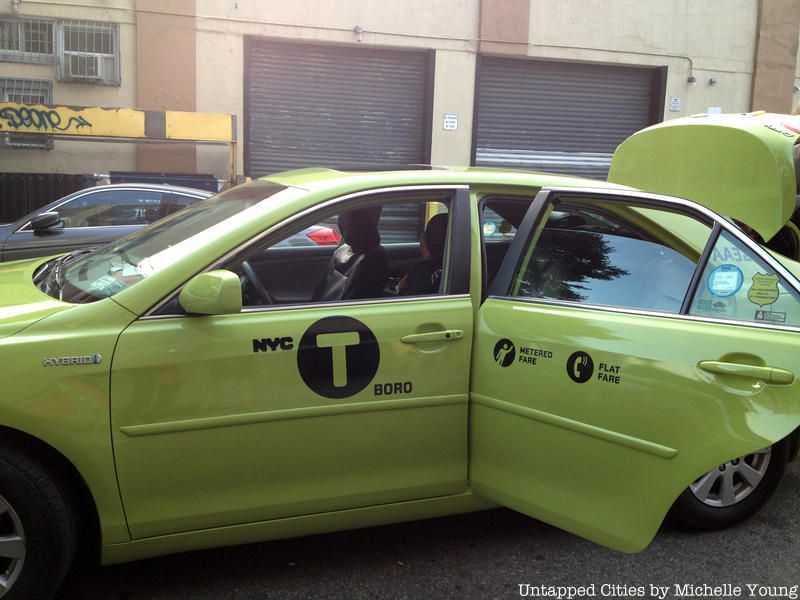
In 2013, New York City launched the Street Hail Livery Cab Program, to offer better taxi coverage to areas undeserved by yellow cabs – particularly in the outer boroughs. Drivers with licenses under the program, who drive apple green colored cars, cannot pick up passengers at LaGuardia or JFK airports, or in Manhattan south of East 96th Street and south of West 110th Street. The legislation also had the additional benefit for regulating the livery taxi service in the city, although a lot of the benefit of having the Boro Taxi program was reduced by the advent of ridesharing apps like Uber and Lyft. In the outer boroughs, you will often find drivers working as a green cab, but also picking up rides from the apps.
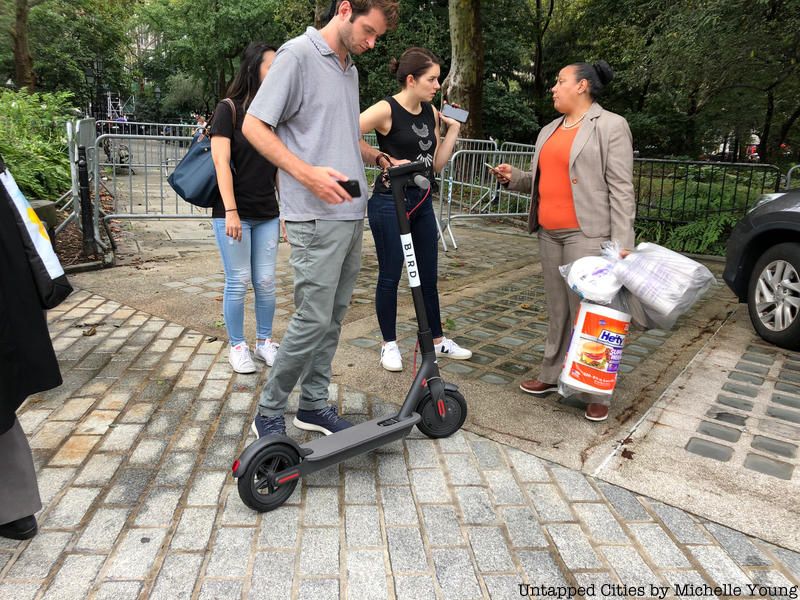
The electric scooter company Bird launched their services in New York City in the East Bronx in 2021.
This isn’t a passenger transportation option, but it’s one of our favorites. Just south of the Brooklyn Army Terminal in Sunset Park is one of New York City’s infrastructure survivors: a floating barge freight train line that runs from the 65th Street Rail Yard to the Greenville Yard in Jersey City across the Hudson River. The New York New Jersey Rail, founded in 2005, is operated now by the Port Authority of New York and New Jersey. Although the line is only four miles long, it serves as a small, but growing critical link for freight in the New York region, and cements the city’s commitment to bringing industry back to the waterfront. The ride takes 35 to 40 minutes and by crossing the Hudson River, the floats take trucks off the highways and give freight a more direct route between New York and New Jersey.
New York and New Jersey Rail transports a large amount of local lumber and building materials, as well as food products like soybean oil and Washington state apples, separated recycled materials from the SIMS Municipal Recycling Facility nearby and other solid waste like scrap metal. Special cargo have included New York City transit subway cars and oversize pieces for the Willis Avenue Bridge, which spans the Harlem River
In 2018, it was announced that Cross Harbor Partners will carry out an environmental impact statement (EIS) looking at two alternatives for the expansion of freight movement here in New York: the construction of a cross harbor freight tunnel under New York Harbor and the expansion of this existing railcar float operation.
Next, check out the Top 10 Secrets of the NYC Subway.
Subscribe to our newsletter